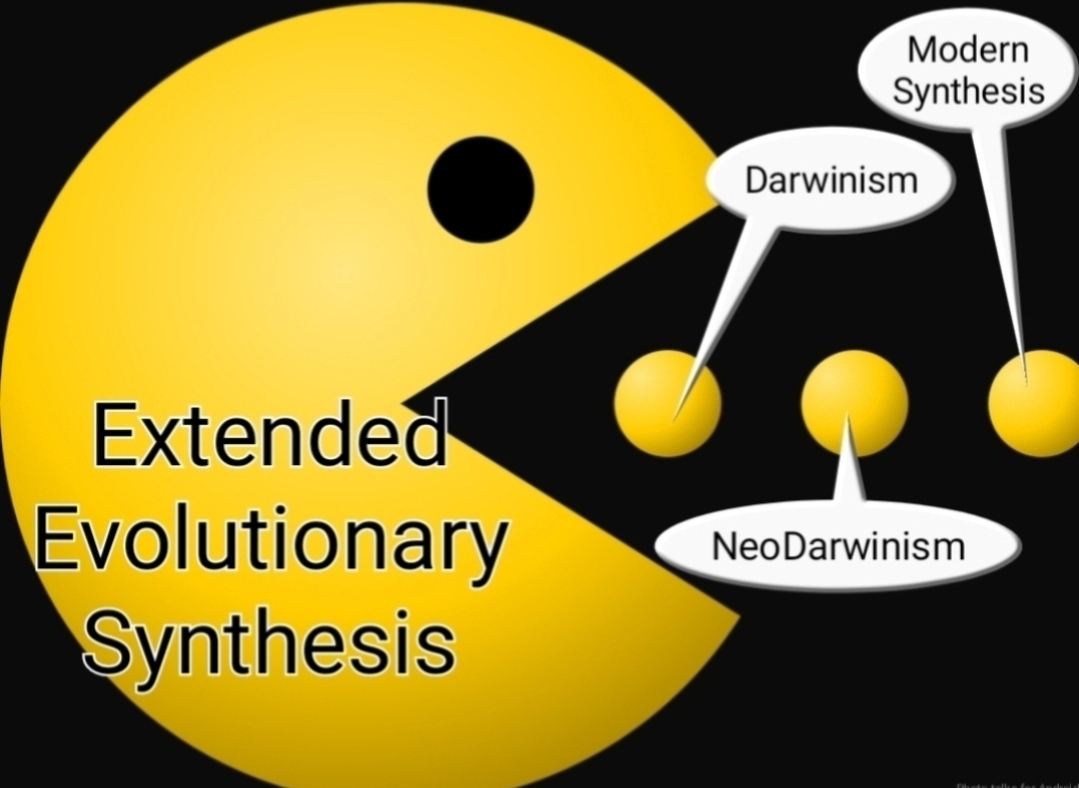A Deep Dive into the Hypothesis: Teleological Evolution through Signaling Pathways

The recently published paper , "A hypothesis of teleological evolution, via endogenous acetylcholine, nitric oxide, and calmodulin pathways", presents a fascinating and controversial proposition. It suggests a mechanism for organisms to influence their own evolution through behavioral choices mediated by specific molecules. This analysis delves deep into the core ideas, strengths, and limitations of the hypothesis. Unveiling the Proposed Pathway: From Decision to Epigenetic Mark The central tenet of the hypothesis hinges on a three-molecule cascade: Acetylcholine (ACh): This neurotransmitter plays a critical role in learning, memory, and movement. The paper proposes that behavioral decisions trigger ACh signaling, setting the stage for the following steps. Nitric Oxide (NO): This molecule acts as a multifaceted regulator, influencing blood flow, metabolism, and the immune system. The hypothesis suggests that ACh activity induces the production of NO....

